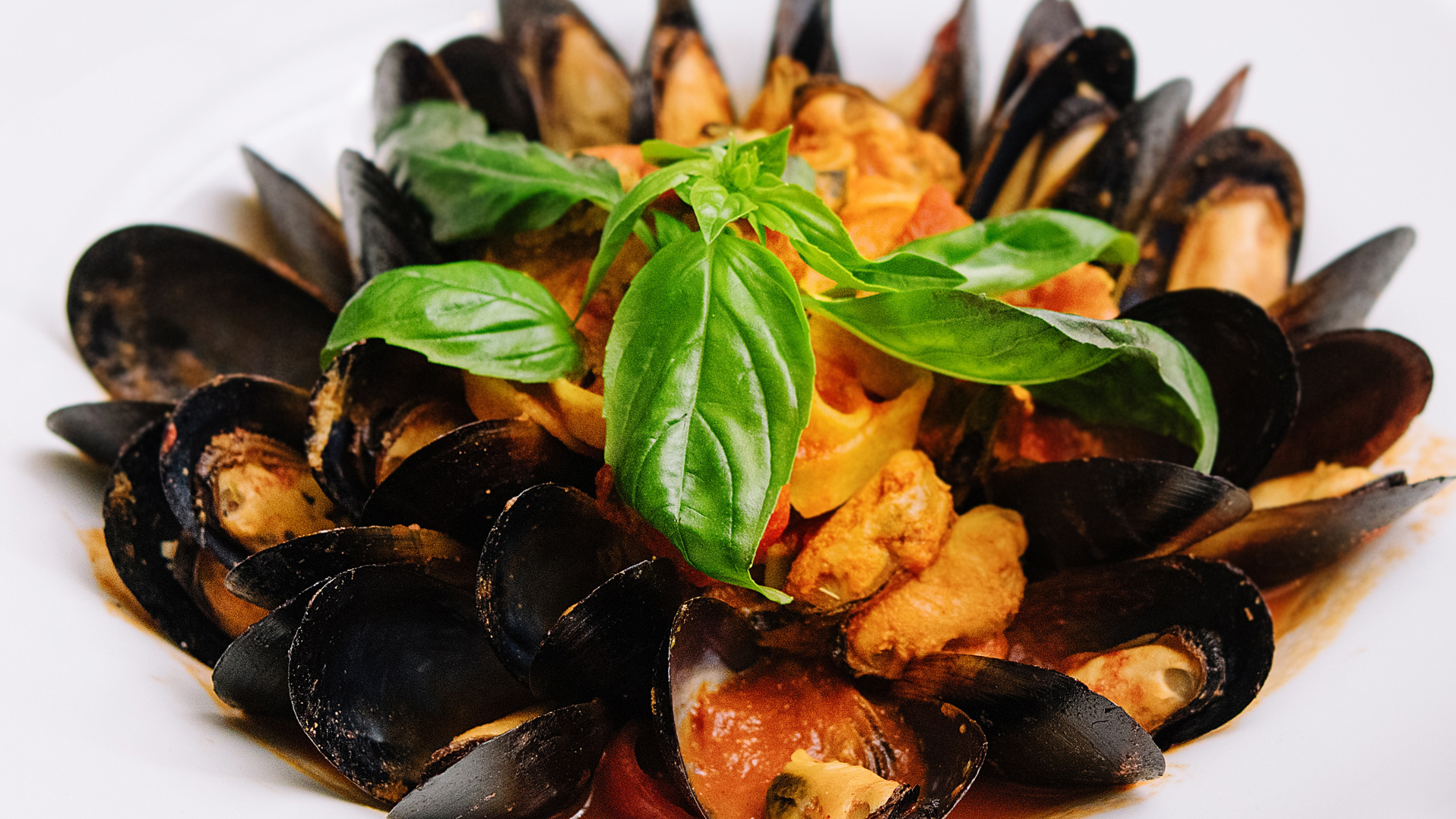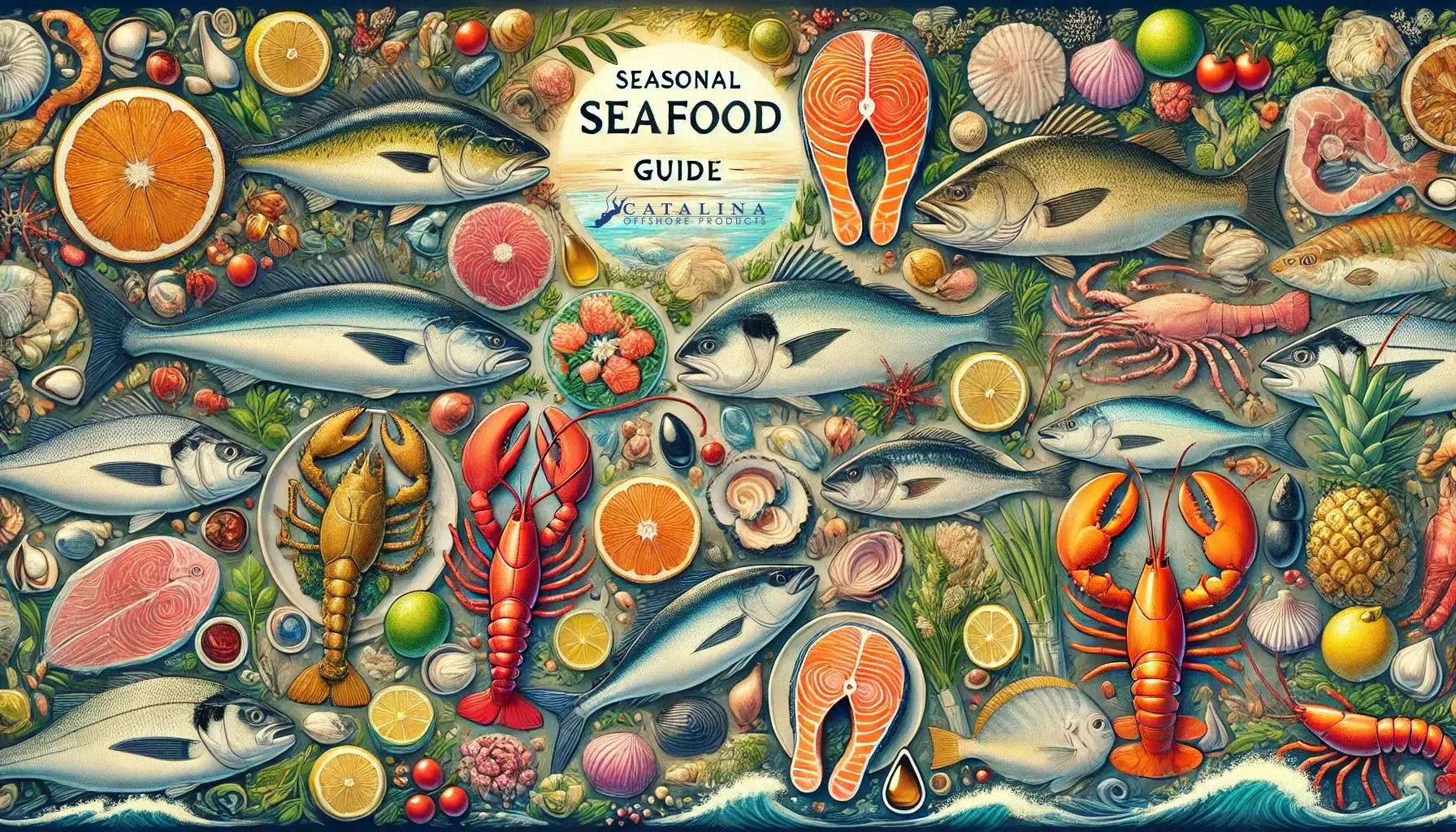
Savor the Sea: How to Make Mussels In White Wine Garlic Delight
Picture this: the sun dips below the horizon, casting a golden glow across the ocean while you sit at a seaside bistro, savoring each exquisite
FREE Overnight Shipping on orders over $300 ($200 in CA. Some suburbs are not included).
By Rebecca Gardon
 Here’s something you might be surprised to learn: the notion of sushi did not originate in Japan.
Here’s something you might be surprised to learn: the notion of sushi did not originate in Japan.
It is believed that sushi has its roots Southeast Asia where, for centuries, people packed fish in fermented rice to preserve it. Once the fish was properly preserved, the rice would be discarded and only the fish itself would be eaten.
Records of similar methods of fermented fish are first seen in Chinese scriptures in the 2nd century. However the Japanese are credited with first preparing sushi as a complete dish, eating fermented rice together with the preserved fish. During the 1800s the concept of eating fish with vinegared rice took off as a popular food cart item in Japan’s bustling Edo district.
Edo style is what is universally known today as sushi. Its simplest form – a slice of fish on sushi rice, or nigiri – is favored among purists throughout the U.S. However cut rolls and hand rolls have gained popularity in recent decades. Baked and deep fried versions are now commonplace, as are non-traditional ingredients such as spicy mayonnaise, cream cheese, thinly sliced jalapenos and fruits like mango, and even red meat. Yet even as sushi evolves into a more relaxed experience, many diners still fret over the etiquette of eating it. The following list is not meant to be a hard set of rules, but implementing even a few tips should help ward off any stern looks from chefs in the most traditional of sushi bars.

Picture this: the sun dips below the horizon, casting a golden glow across the ocean while you sit at a seaside bistro, savoring each exquisite

The Conservation Benefits of Deep-Set Fishing At Catalina Offshore Products, sustainability isn’t just a buzzword—it’s a commitment. As a small family-owned company, we pride ourselves

As we journey through the latter half of the year, each month presents us with an array of fresh seafood delights. From the vibrant flavors of summer to the comforting dishes of winter, choosing and preparing the perfect fish or shellfish can truly elevate your meals. Here’s your comprehensive guide to selecting and cooking the best seasonal seafood from August to December.

Savor the Sea: How to Make Mussels In White Wine Garlic Delight
Picture this: the sun dips below the horizon, casting a

The Conservation Benefits of Deep-Set Fishing: A Sustainable Seafood Solution
The Conservation Benefits of Deep-Set Fishing At Catalina Offshore Products,

Your Ultimate Seasonal Fish Guide: Savor the Freshest Catches from August to December 2024
As we journey through the latter half of the year, each month presents us with an array of fresh seafood delights. From the vibrant flavors of summer to the comforting dishes of winter, choosing and preparing the perfect fish or shellfish can truly elevate your meals. Here’s your comprehensive guide to selecting and cooking the best seasonal seafood from August to December.